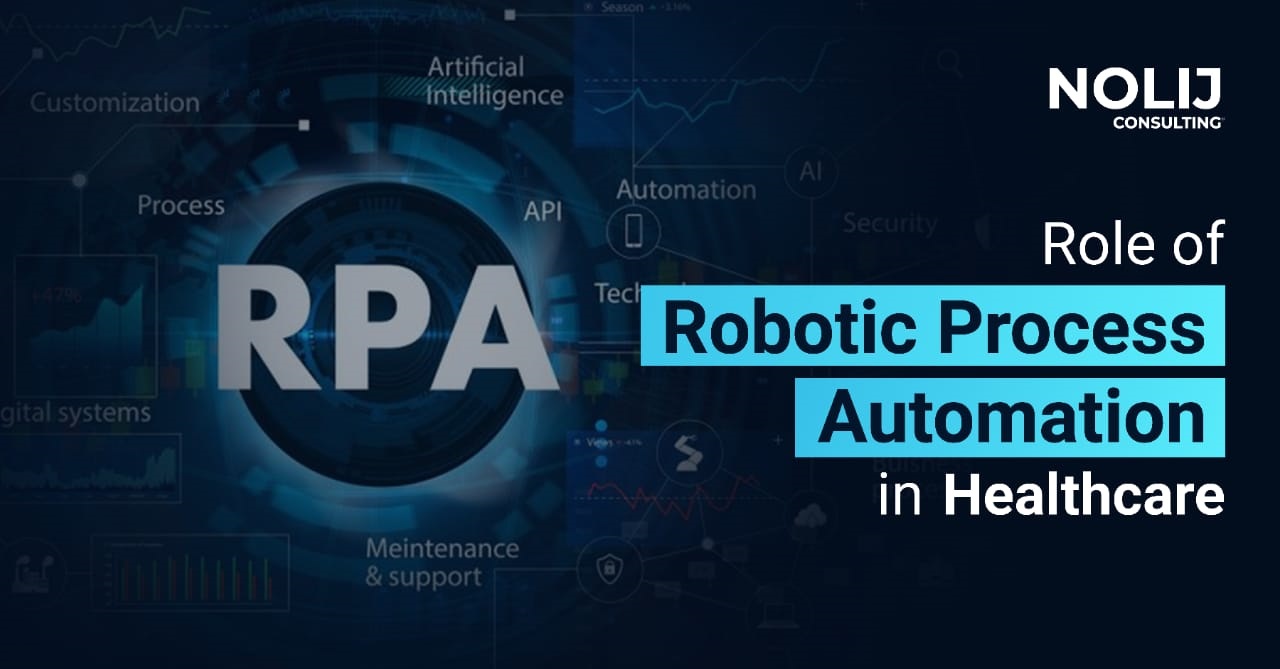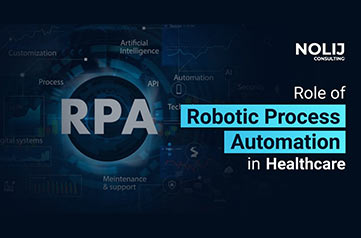
Role of Robotic Process Automation in Healthcare
Robotic Process Automation (RPA) is a technology that leverages software bots to execute repetitive, high-volume tasks and facilitates automating routine back-office tasks, such as data collection and reporting, by acting on AI insights to eliminate lag time.
RPA adoption has been growing rapidly and is utilized in many different industries including manufacturing, agriculture, and healthcare. According to Gartner, 50% of US healthcare providers will invest in RPA in the next three years.1
Why Is There a Need for RPA in Healthcare?
Because RPA uses algorithm-based bots, robotic process automation is especially ideal for handling tedious data-driven tasks such as call-center workflows like scheduling, patient triage, and eligibility verification. Prior to RPA, the healthcare industry relied heavily on manpower to execute front-end, mid-cycle, and back-end workflows that created a strain on resources and leading to system inefficiencies.
The COVID-19 pandemic has exacerbated the resource and efficiency problem as hospitals and labs strive to keep up with heightened demand. Studies show that the healthcare industry collectively spends $2.1 billion on poorly performed and error-prone manual tasks around provider data management.2
RPA solutions can help significantly with medical system inefficiencies in the following ways:
- Reducing manual work
- Scaling and operationalizing
- Improving patient experience
- Reducing cost and maintenance
Top Use Cases of RPA In Healthcare
Appointment Scheduling
Booking health appointments has mostly become an online process; however, processing these bookings is still a manual task in most cases. With the help of RPA bots, it is possible to automatically manage patient appointment requests such as scheduling, updating, or canceling.
Claims Administration
Processing health insurance claims involves a lot of time-intensive manual work prone to duplication and human error. Using RPA, the intake, evaluation, and handling of health insurance can be automated seamlessly. RPA bots extract relevant data, detect exceptions, and process invoices. For example, by integrating RPA into healthcare claims administration workflows, Care1st Health Plan Arizona reduced the time needed to process one claim from 20 seconds to just 3 seconds.3
Document Digitization
In RPA, intelligent document processing (IDP) can be utilized to capture, categorize, extract, anonymize, and classify data from medical documents. These can include anything from health records to insurance claims.
Discharge Instructions
When a patient is discharged from a hospital, they usually have post-medication and healthcare instructions to follow. RPA bots can deliver precise discharge and post-medication guidelines, including sending notifications and follow-up alerts. Patients can also avail RPA tech to contact doctors for any assistance.
Billing
RPA and AI technology can be leveraged to automate the healthcare revenue cycle, which typically consists of highly repetitive workflows. This encompasses the administrative and clinical functions associated with billing and payment. Bots can maintain timely follow-up as well as accurate submissions and resubmissions.
Data Protection
A major advantage of RPA is that it enables role-based access, which guarantees that only the appropriate people are accessing confidential records as necessary. This is essential to maintain data privacy and comply with protocols such as HIPAA. With the help of RPA, healthcare providers can regulate access to data and invoke permission rights.
RPA at Nolij
At Nolij, our advanced RPA healthcare solutions have the flexibility to be implemented in challenging environments, like military field hospital systems, and allow clients to benefit from bot optimization capabilities. Post implementation, our clients were able to cover 30% more workflows and cut testing cycles by 25%, leading to faster deployment times. 4
As technology advances, adoption of Robotic Process Automation is critical for healthcare companies looking to serve a higher volume of patients while simultaneously improving patient outcomes without extensive expenditures or straining healthcare personnel.
